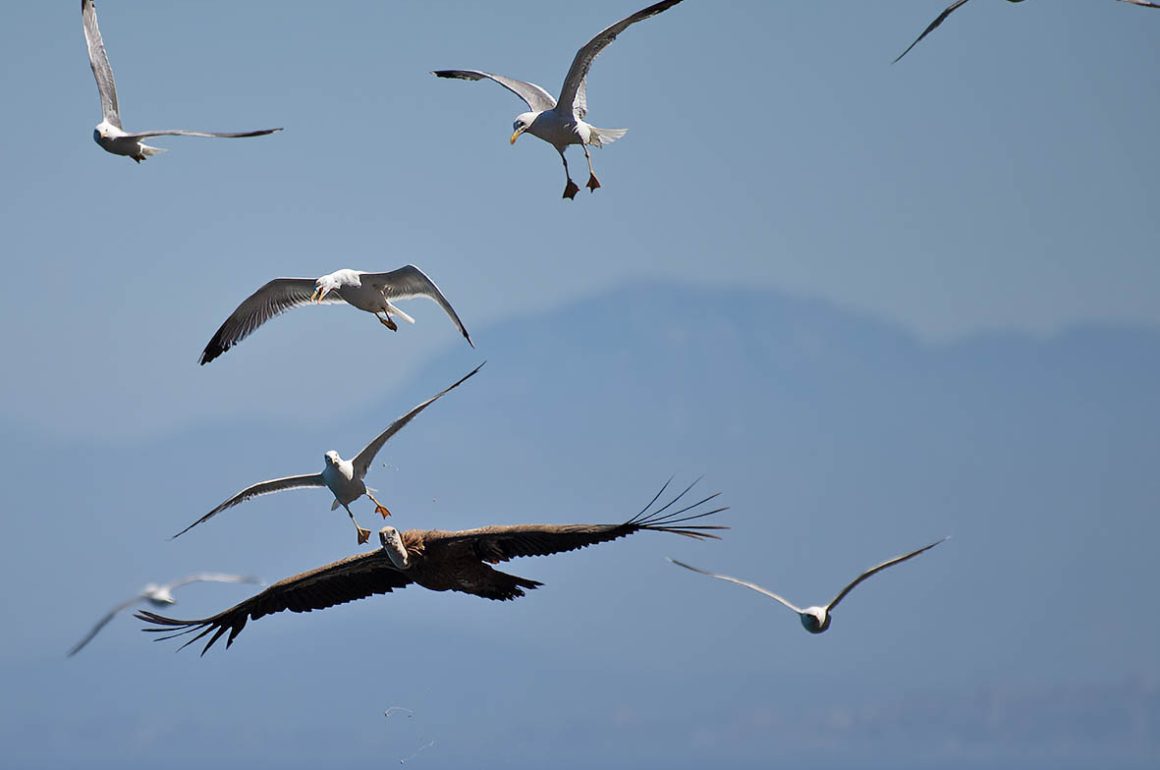
I left my previous article asking what of the Yellow-legged gulls that had alerted me to the presence of migrating vultures over Gibraltar? Yellow-legged Gulls Larus michahellis breed on the Rock of Gibraltar and the late spring arrival of Griffon Vultures Gyps fulvus coincides with the time that the gulls have chicks on their nests. Gulls are aggressive in the defence of their young and they don’t like big raptors getting close. Griffons are about as big as migrating raptors come so they are the subject of special attention.
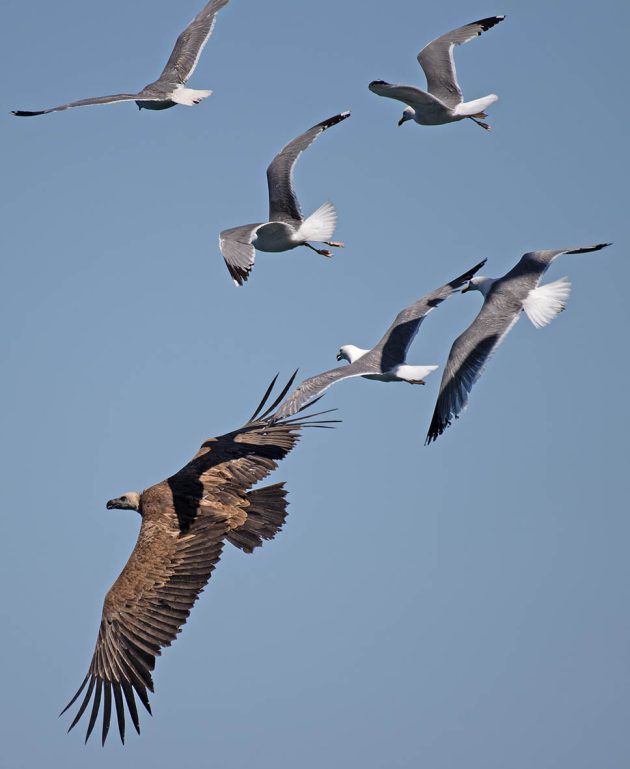
This is the last hurdle in the arduous journey of the Griffons that left West Africa and crossed the Sahara Desert. Having made it across the desert, they then travelled northwards towards the Strait of Gibraltar. These big soaring birds avoid long sea crossings but even the 14 km of Strait of Gibraltar can be demanding. In fresh westerly winds they get displaced eastwards towards the Rock, adding an extra 7 km to the crossing. They arrive exhausted, only to be greeted by flocks of angry gulls.
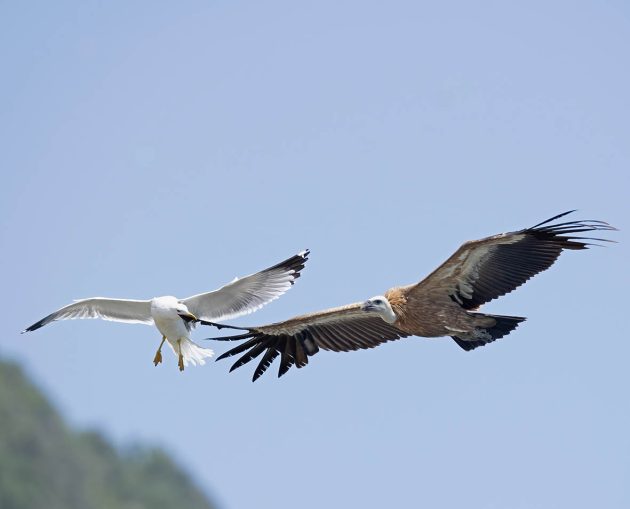
The gulls mob the vultures relentlessly and often drive them into the sea. The lucky ones are rescued and rehabilitated at a unit run by the Gibraltar Ornithological and Natural History Society (GONHS) but many others never make it.
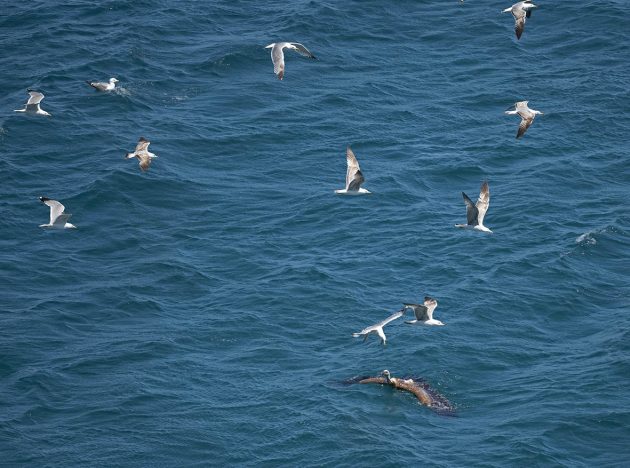
Griffons are scavengers. They pose no threat to the gulls or their chicks. So why attack them? My hunch is that the gulls simply respond to the raptor shape. The larger the shape, the more intense the response. That is how they perceive threat. What that means is that the gulls are making a mistake each time they charge at a Griffon. They waste energy and get nothing in return. Or do they? It is possible that gulls attacking the vultures are measuring themselves against other gulls and working themselves up a pecking order. Gull mobbing may have a status message between gulls.
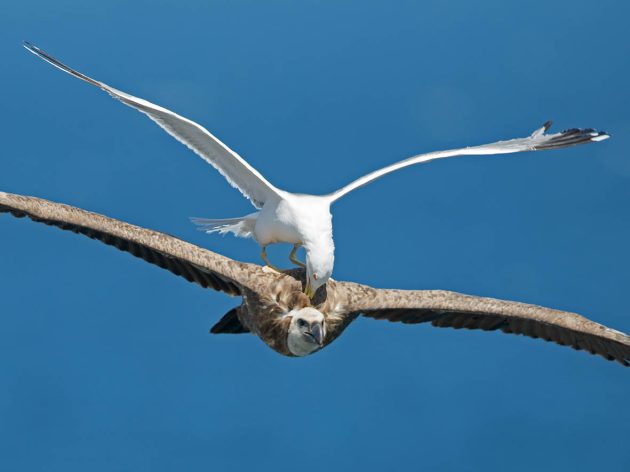
People often describe the horrible gulls that attack the poor vultures. The condemnation of the gulls can get quite bitter. Yet, all the gulls are doing is defending their own. If there are too many gulls, it’s largely our fault for providing so much food for them. I have been following the local gulls with GPS tags and they spend most of their time in rubbish tips in Spain and Morocco. But why should we style the gull as enemy and the vulture as friend?
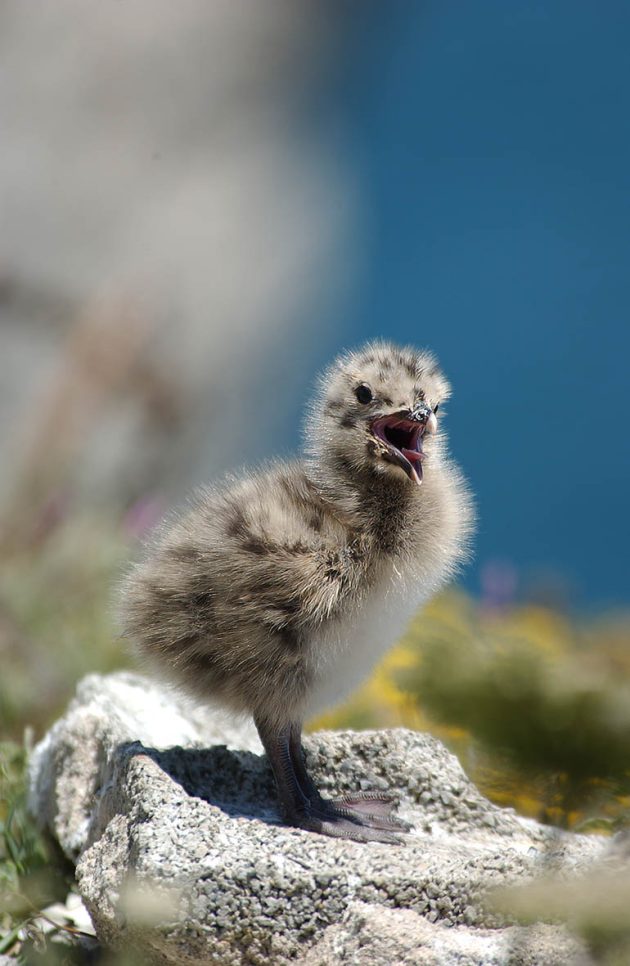
The Griffons meet an even worse opponent than the gulls when they arrive at Gibraltar. Peregrine Falcons Falco peregrinus also lie in wait and defend their own young, just as the gulls do. They, too, will drive Griffons into the sea and kill them. But, to us, Peregrines are the sign of nobility, agility and strength, so we never sentence them in the same way that we do the gulls. These are subjective and pervasive attitudes that seem to drive a great deal of nature conservation. We save pandas and tigers, as we should, but we don’t give as much thought to the creepy crawlies and other less-attractive creatures that also need our help.
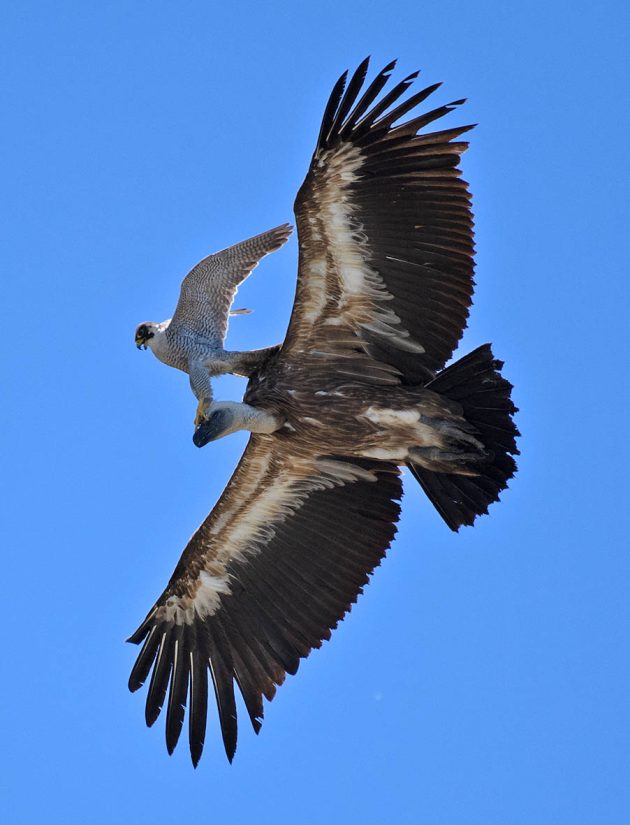






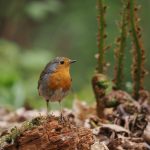
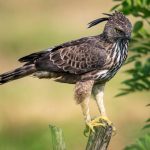
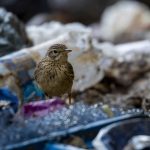
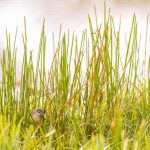
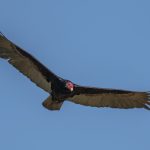


Fascinating. Those vultures have a hard time. Great photos. Thank you.
Your photography is sunning! What a dream it would be to see these magnificent birds.